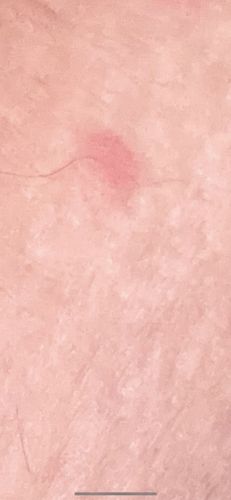Tick
Scientific Name: Ixodidae (various genera like Ixodes, Dermacentor, Amblyomma) or Argasidae (various genera)
Order & Family: Parasitiformes (Order), Ixodidae (hard ticks) or Argasidae (soft ticks)
Size: Unfed: 1 mm to 1 cm; Engorged: up to 1.5 cm

Natural Habitat
Wooded areas, tall grasses, shrubs, leaf litter, and urban gardens. They prefer humid environments.
Diet & Feeding
Blood (hematophagous) of mammals, birds, and sometimes reptiles and amphibians.
Behavior Patterns
Once attached, ticks can feed for several days. They often go unnoticed until they become engorged. After feeding, they typically detach and fall off. Some species lay eggs in large batches.
Risks & Benefits
Potential risks include transmission of various diseases such as Lyme disease, Rocky Mountain spotted fever, anaplasmosis, ehrlichiosis, and tick-borne encephalitis. Benefits are minimal to humans, but they are a food source for some animals like birds and certain insects.
Identified on: 9/4/2025